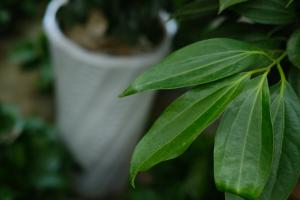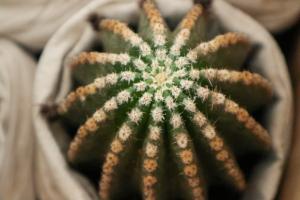How to Care for Indoor Tomato Plants
Indoor tomato plants can be a great addition to your home, as they provide fresh produce all year round. However, to ensure the plants thrive, proper care and attention are necessary. Here are some tips on how to care for your indoor tomato plants.
Light and Temperature
Tomato plants require a lot of light to grow, and they need at least six hours of direct sunlight every day. If you don’t have access to enough natural light, consider using artificial grow lights. Ensure the temperature of the room stays between 60-85°F, which is the ideal temperature range for tomatoes.
Soil and Watering
Indoor tomato plants require well-draining soil that is enriched with organic matter. Watering is crucial, and you should ensure the soil is moist but not waterlogged. Never let the plant dry out completely or sit in water. You can also add some liquid fertilizer to the water supply to help the plant grow.
Pollination
Indoor tomato plants need pollination to produce fruit. Without pollination, your plant will not produce tomatoes. You can help pollinate your plant by gently shaking the stems of the plant or using a small brush to transfer pollen from one flower to another.
Pruning and Staking
Pruning is essential for the health of your indoor tomato plant. Remove any yellowing leaves, suckers, and weak stems. This will improve air circulation and promote healthy growth. As tomato plants grow, they become top-heavy and require staking to support them. Use a sturdy stake and tie the plant to it using twine or garden tape.
Pest and Disease Control
Indoor tomato plants can be susceptible to pests and diseases. Keep an eye out for signs of infestation or disease, and act quickly if you notice anything. Common pests include whiteflies, spider mites, and aphids. Use insecticidal soap or neem oil to control pests. Diseases such as blight and powdery mildew can be treated using fungicides.
Harvesting
Once your indoor tomato plant starts producing fruit, it’s time to start harvesting. When the fruit is ripe, it will be firm but not rock hard, and the skin will be slightly shiny. Gently twist and pull the fruit from the stem. If the fruit does not come off easily, wait a few more days before trying again.
In conclusion, caring for indoor tomato plants requires attention and care, but the reward of fresh produce all year round is worth it. From light and temperature to pruning and harvesting, every step is crucial for ensuring your plant thrives. Keep these tips in mind, and you’ll be on your way to growing healthy and delicious tomatoes indoors.

 how many times do yo...
how many times do yo... how many planted tre...
how many planted tre... how many pine trees ...
how many pine trees ... how many pecan trees...
how many pecan trees... how many plants comp...
how many plants comp... how many plants can ...
how many plants can ... how many plants and ...
how many plants and ... how many pepper plan...
how many pepper plan...





























